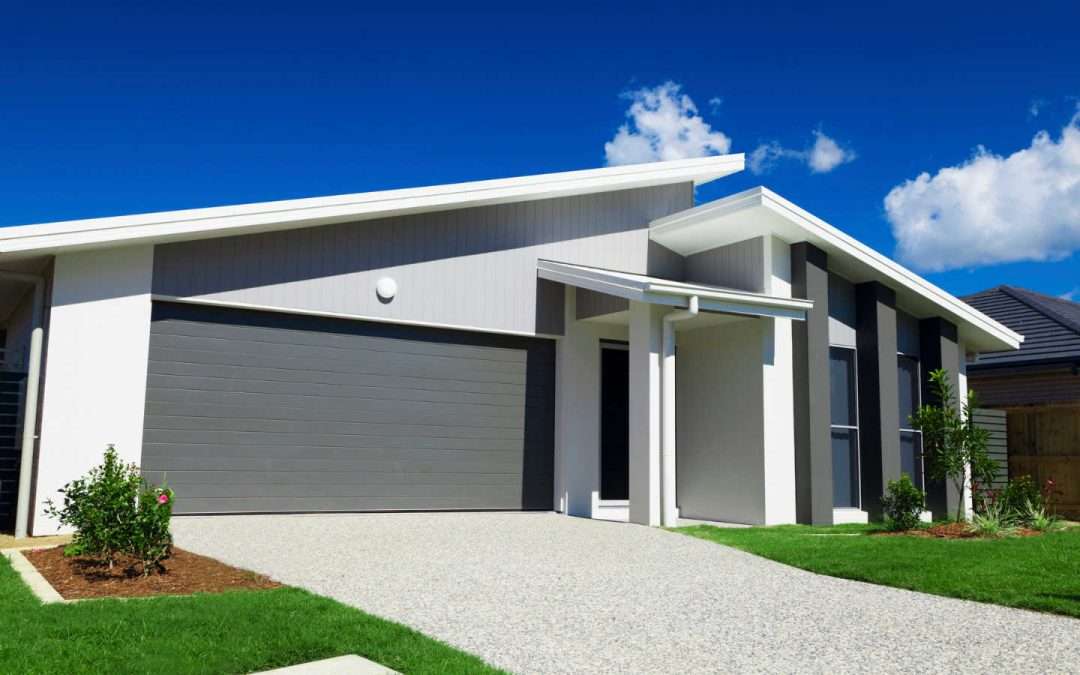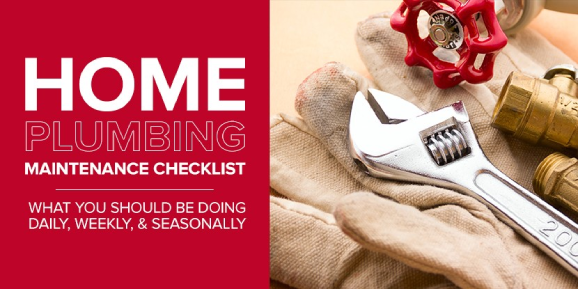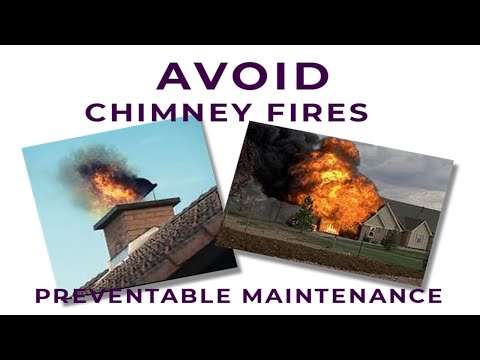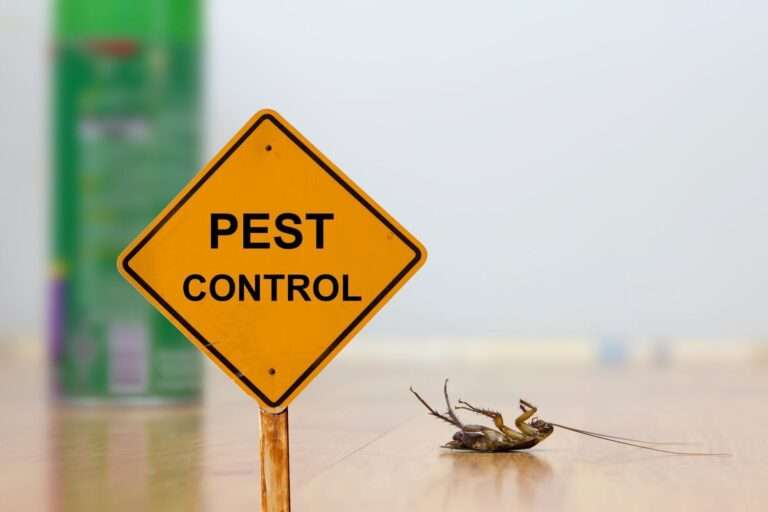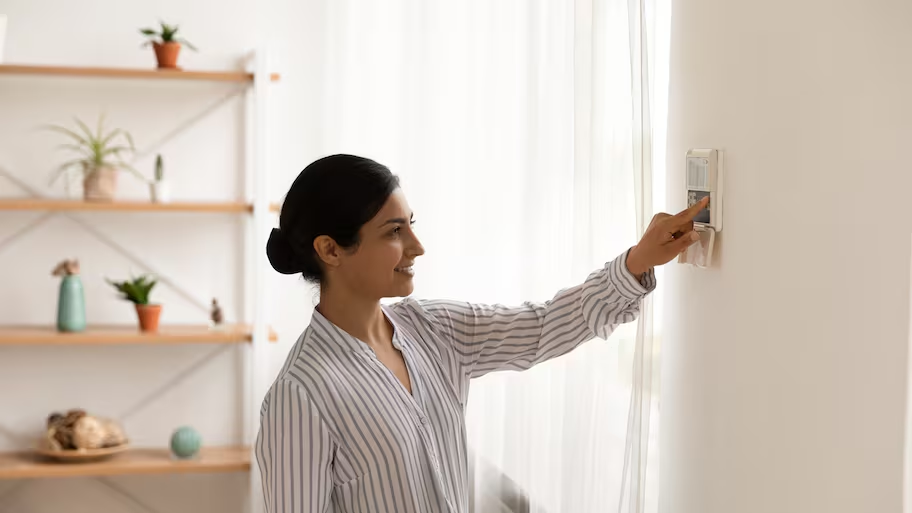Extend the Life of Your Paint | Good Practices
Extend the Life of Your Paint | Good Practices – The moment you finish a new paint job, it’s not just a splash of color—it’s an investment in your property’s future. But like any investment, the longevity of your paint depends heavily on the initial steps you take and the maintenance you perform. Here’s how you can shield your vibrant colors from fading into the background of time and wear.
Key Takeaways:
- Prep Work: The cornerstone of any lasting paint job.
- Good Primer: Essential for securing a strong bond between your paint and the surface.
- Quality Paint: Invest in high-caliber paint for enhanced durability and better coverage.
- Regular Maintenance: The secret to extending your paint’s life beyond the average expectancy.
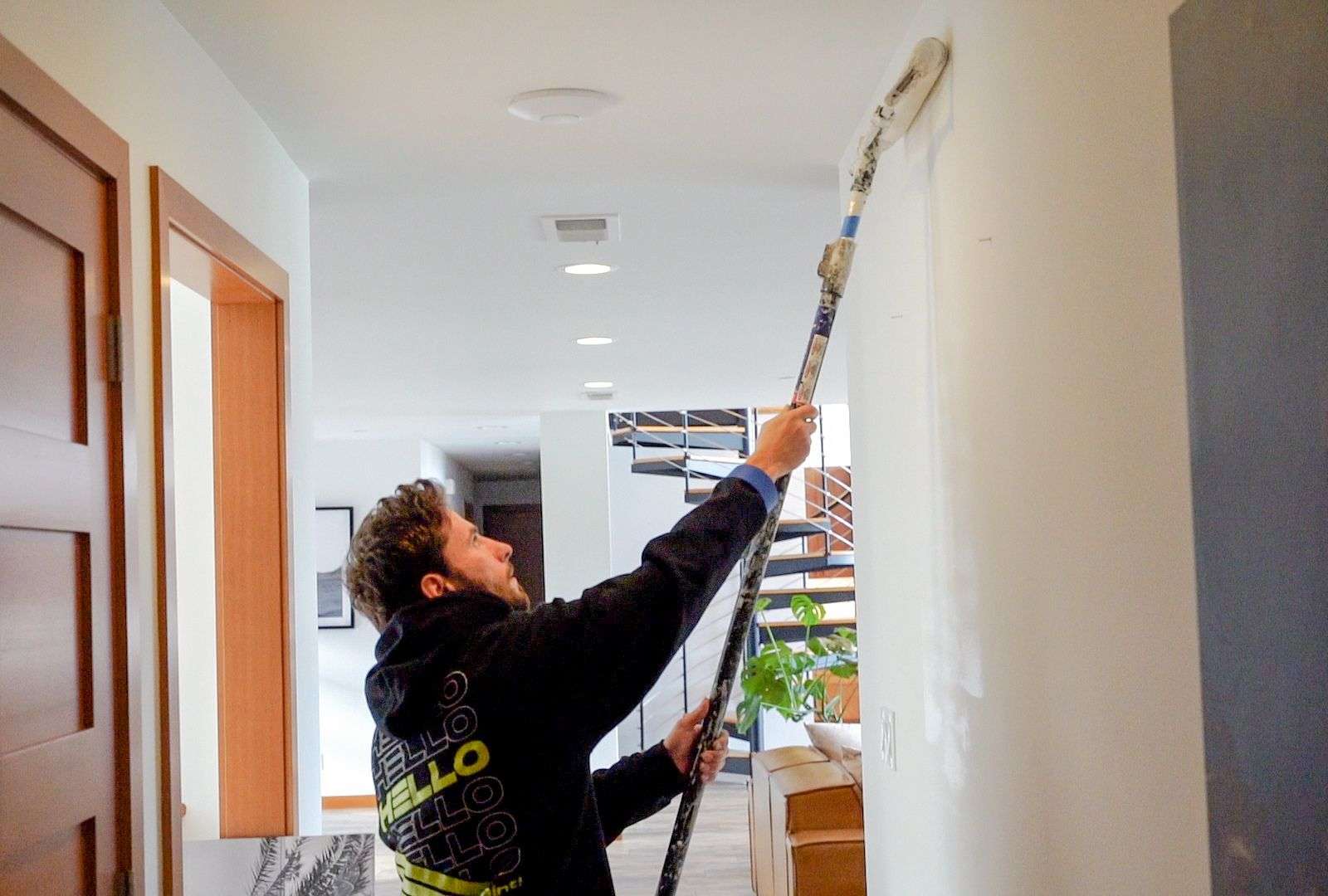
The Foundation of Lasting Beauty: Prep Work
Prep work isn’t just another step; it’s the foundation upon which the durability of your paint job rests. Skipping this step is like building a house on sand—eventually, things will crumble.
Essential Prep Techniques
- Cleaning: Begin with a thorough cleaning to remove any dirt, dust, or grease. This ensures that your primer and paint adhere properly.
- Repairing: Fix any cracks or holes in the surface. This not only helps in achieving a smooth finish but also prevents underlying issues from damaging your new paint.
- Sanding: Sanding helps to roughen up glossy surfaces and ensures that your new coat has something to grip.
By dedicating adequate time to prep work, you set the stage for a paint job that not only looks professional but lasts significantly longer. For an in-depth guide on proper surface preparation, check out this article.
The Role of a Good Primer in Paint Longevity
Using a good primer is crucial in achieving a long-lasting paint job. Primer acts as an intermediary layer that helps paint adhere better and last longer, especially on porous or problem surfaces.
Why Primer Matters
- Adhesion: Enhances the paint’s grip on the surface, reducing the likelihood of peeling.
- Protection: Shields the surface from stains, moisture, and wear.
- Efficiency: Helps paint cover the surface more uniformly, often reducing the amount of paint needed.
Selecting the right primer for your specific surface (wood, metal, drywall, etc.) and environmental conditions can dramatically improve the lifespan of your paint job. Learn more about choosing and applying primers from this detailed guide.
Choosing Quality Paint: A Wise Investment
Investing in quality paint is one of the most critical decisions you can make. High-quality paints not only offer better coverage but come with additives that enhance durability, resist fading, and fight against environmental damages.
Benefits of High-Quality Paint
- Durability: Resists cracking, peeling, and blistering.
- Vibrant Colors: Maintains color integrity longer.
- Environmental Resistance: Offers better protection against UV rays and moisture.
While it might be tempting to save a few dollars on cheaper options, quality paint will save you money in the long run by reducing the frequency of repaints. For recommendations on the best paints for durability and finish, visit this resource.
Regular Maintenance: The Key to Longevity
Regular maintenance might not seem necessary for a freshly painted surface, but it’s the key to extending the lifespan of your paint. Simple, consistent care can prevent the majority of paint issues before they begin.
Maintenance Tips for Lasting Paint
- Routine Cleaning: Gently wash your walls once or twice a year to prevent dust and grime buildup.
- Immediate Repairs: Address any signs of damage, such as cracks or peeling, as soon as they appear to prevent further deterioration.
- Periodic Inspections: Regularly check for signs of wear and tear, especially after extreme weather conditions.
By integrating these maintenance practices, you can significantly extend the life of your paint, ensuring that it continues to look fresh and vibrant for years to come.
Impact of Environmental Factors on Paint Degradation
Your paint’s enemies aren’t just time and neglect; environmental factors play a significant role too. Understanding how to combat these can be crucial.
- Sun Exposure: UV rays can fade and degrade paint over time. Using paints with UV protection can mitigate this.
- Moisture: Water can seep into cracks and under the paint layer, leading to mold and peeling. Waterproofing measures are essential, especially in humid climates.
- Temperature Fluctuations: Extreme temperatures can cause surfaces to expand and contract, leading to faster degradation. Choosing flexible and temperature-resistant paints can help.
Each of these factors demands specific strategies to manage, ensuring your paint remains as enduring and beautiful as the day it was applied.
Troubleshooting Common Paint Problems
Even with the best preparation and materials, paint problems can occur. Knowing how to identify and rectify these issues can save you time and money, while ensuring your surfaces look their best for as long as possible.
Identifying and Solving Peeling Issues
Peeling paint is often a result of poor adhesion, which can be due to several factors such as moisture intrusion, inadequate surface preparation, or applying paint on a dirty surface.
- Solution: To fix peeling paint, remove all loose and flaking paint with a scraper or a wire brush, sand the area to smooth out the edges, and apply a primer before repainting. Ensure the surface is clean and dry to improve adhesion.
Addressing Cracks and Flaking
Cracks and flaking can occur as paint ages or if the paint layer is too thick. These issues are not just cosmetic; they can expose underlying surfaces to further damage.
- Solution: Remove flaking paint, fill in cracks with a suitable filler, sand smoothly, apply a quality primer, and repaint with a top-quality paint. This will help ensure a longer-lasting finish.
Combating Mold and Mildew
Mold and mildew thrive in moist environments and can degrade paint as well as pose health risks.
- Solution: Clean the affected area with a mold-killing solution, rinse thoroughly, and let dry completely. Apply a mold-resistant primer before repainting with a mold-resistant paint.
By addressing these common issues promptly, you can maintain the integrity and appearance of your painted surfaces.
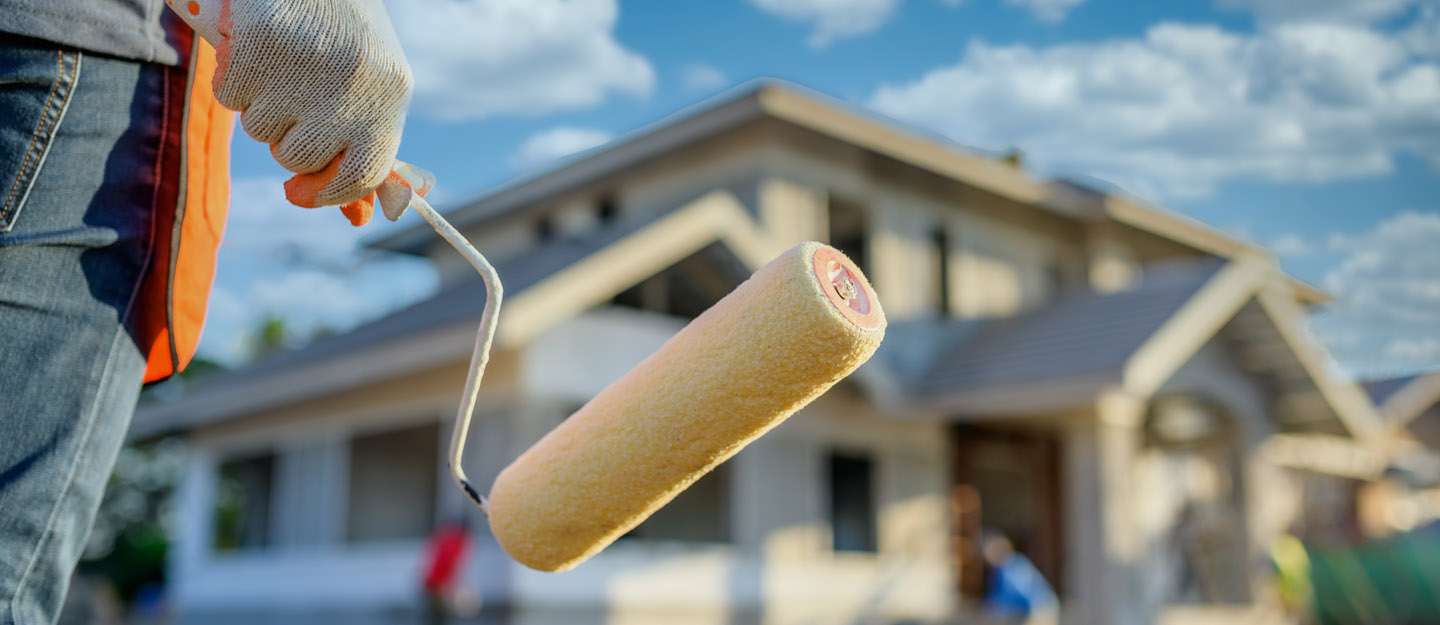
Advanced Paint Maintenance Techniques
For those looking to go the extra mile in maintaining their paint, here are some advanced techniques that can help prolong the life of your paint even further.
Regular Touch-Ups
Small chips and cracks can be dealt with quickly by touch-ups, which prevent larger areas of damage and extend the overall life of the paint job.
- Tools Needed: Keep a small amount of the original paint for minor touch-ups, along with a small brush for precise application.
Protective Coatings
Applying a protective clear coat over painted surfaces can provide an additional layer of protection against wear, UV rays, and weathering.
- Benefits: Helps to seal the paint, making it more durable and easier to clean.
Frequently Asked Questions
Q: How often should I repaint my house exterior? A: Generally, an exterior paint job can last 5 to 10 years, depending on the quality of the paint, the prep work, and the climate. Regular inspections can help determine when a repaint is necessary.
Q: Can high humidity affect interior paint? A: Yes, high humidity can lead to longer drying times, which can affect the finish and durability of the paint. Using a dehumidifier during and after painting can help mitigate these effects.
Q: What is the best time of year to paint the exterior of a home? A: The best time to paint is during dry, mild weather—typically in the spring or fall. Avoid painting in extreme heat or cold, which can cause the paint to dry improperly.
Q: How can I ensure the best paint adhesion? A: Proper surface preparation is key to good paint adhesion. This includes cleaning, repairing any damages, sanding when necessary, and applying the right type of primer before painting.
For more detailed maintenance tips and solutions to specific paint problems, consider visiting these additional resources:
By following these advanced techniques and regularly addressing common paint issues, you can significantly extend the life of your paint and maintain the aesthetic and protective qualities of your property’s exterior and interior surfaces

